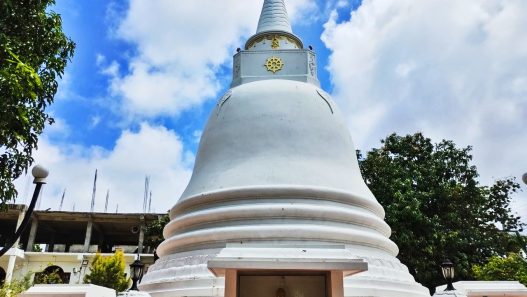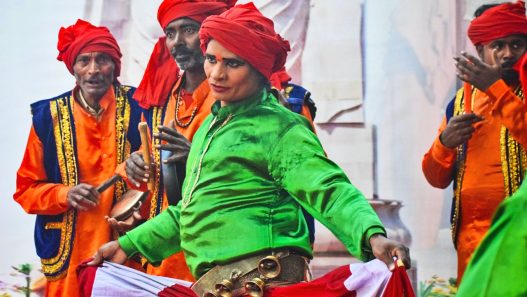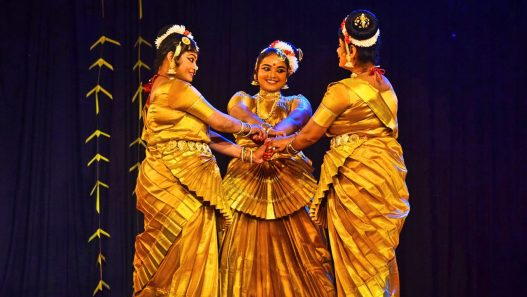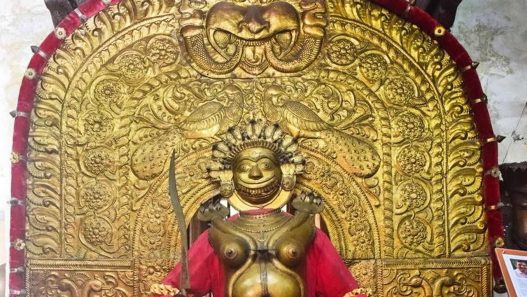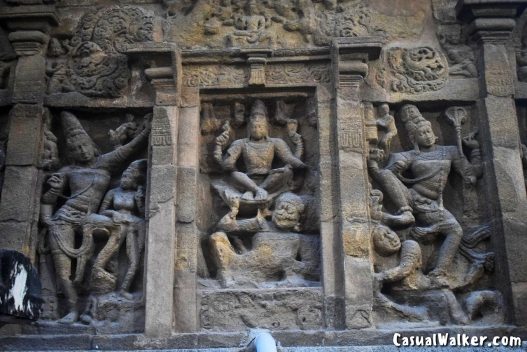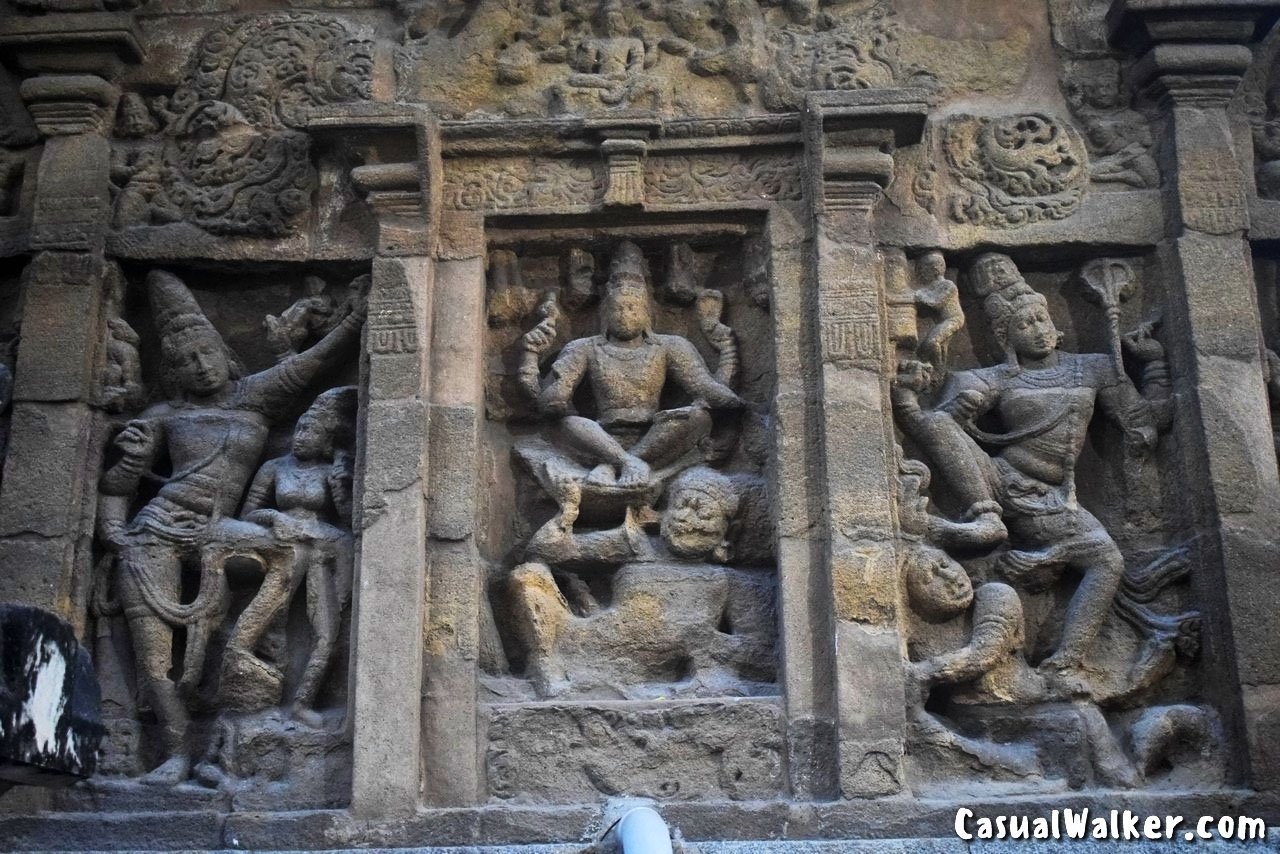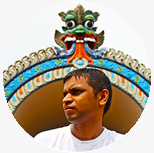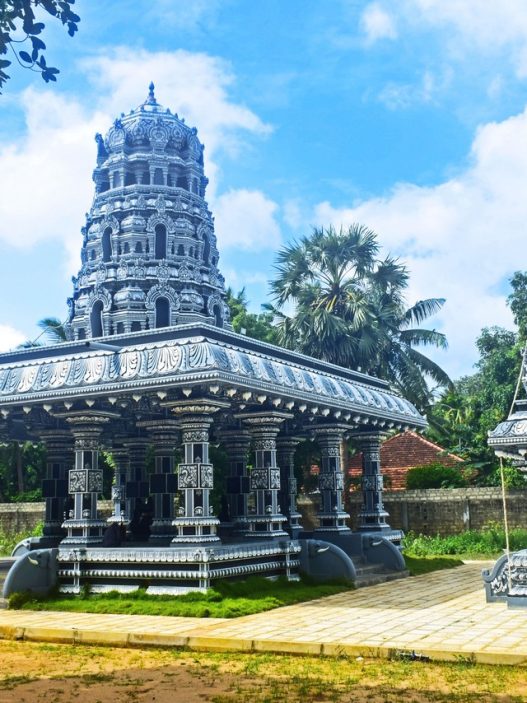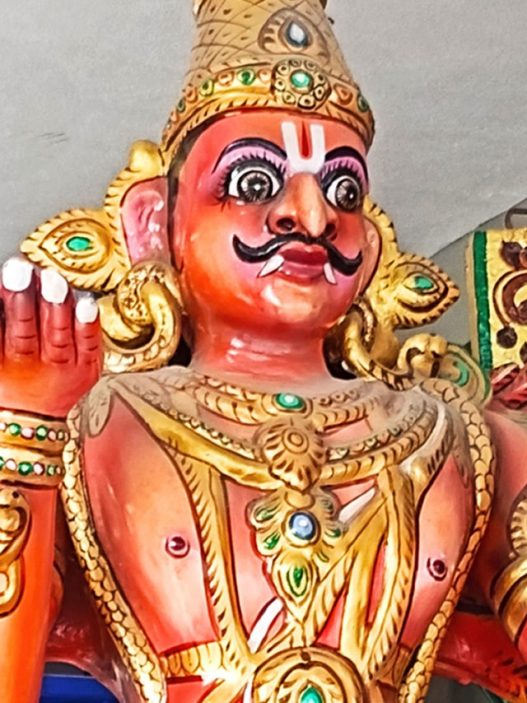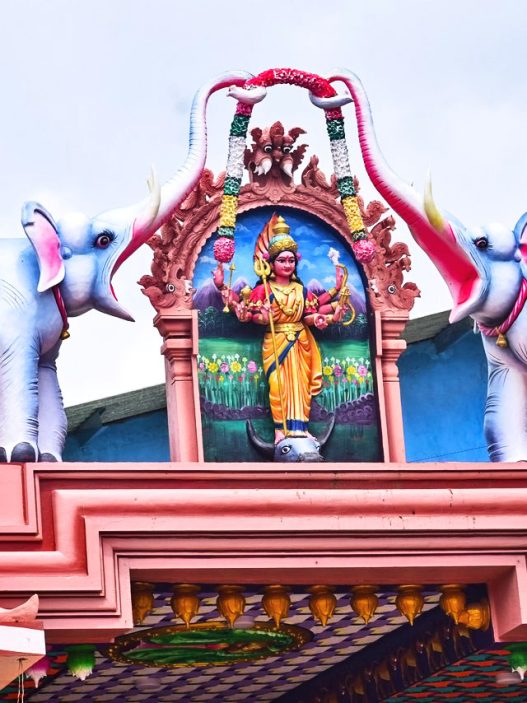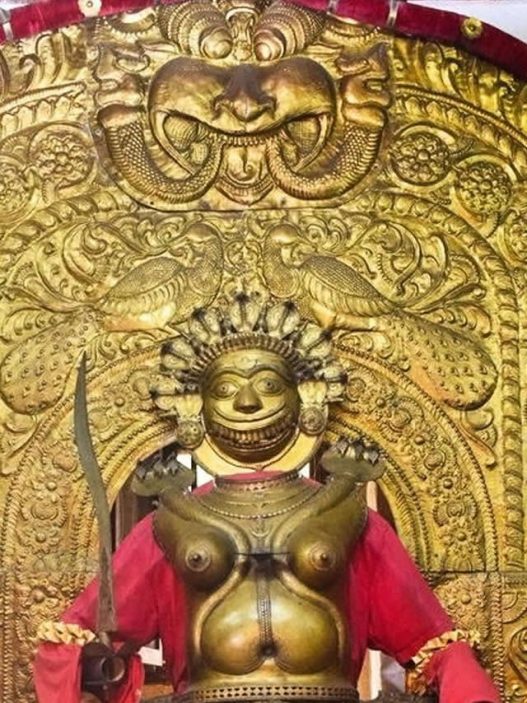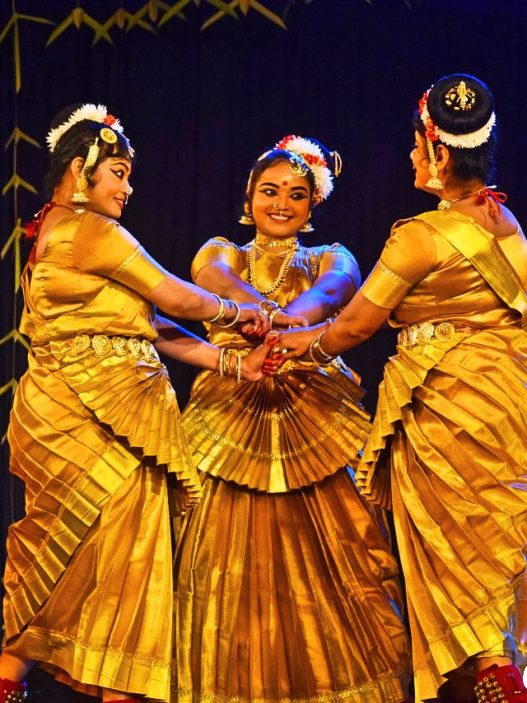Arulmigu Mrithyunjeswarar Temple / Iravaatheeswarar Temple, Kanchipuram – An 1,300-Year-Old Lord Shiva Temple Called the Temple of Immortality | Sage Markandeya, Who Conquered Death, Prayed to Lord Shiva at This Temple – Visit, Temple Timings, History, Contact Details, & Travel Guide (Updated)
– one of the seven mokshapuri in kanchipuram
The Arulmigu Mrityunjaya Nathar Temple / Mrityunja Nathar temple, also known as Iravaatheeswarar Temple, is a 1,300-year-old Lord Shiva temple popularly known as the “Temple of Immortality” or the “Conqueror of death” in Kanchipuram. Located on Kamala Street near the Adhi Kamakshi Amman Temple, this ancient sanctuary was built by the Pallava dynasty. The temple is particularly revered by elderly devotees who seek blessings for longevity and good health.
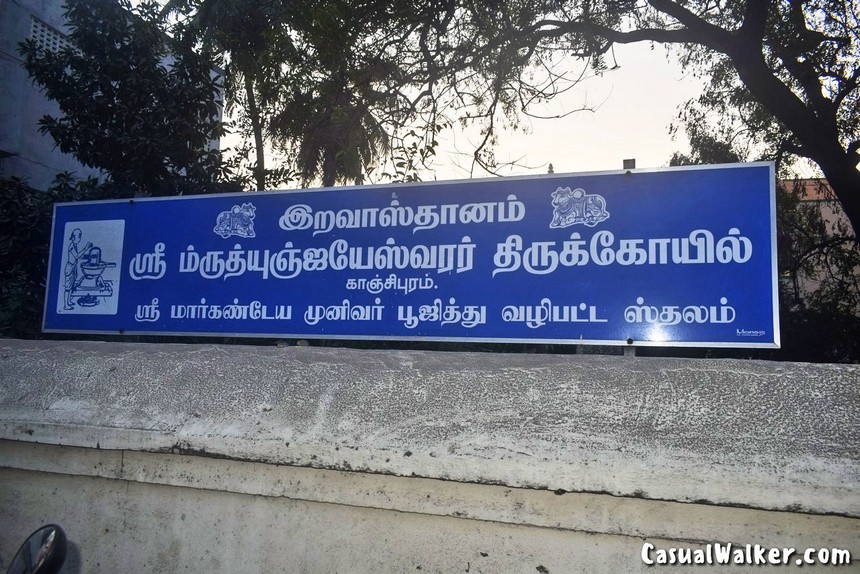
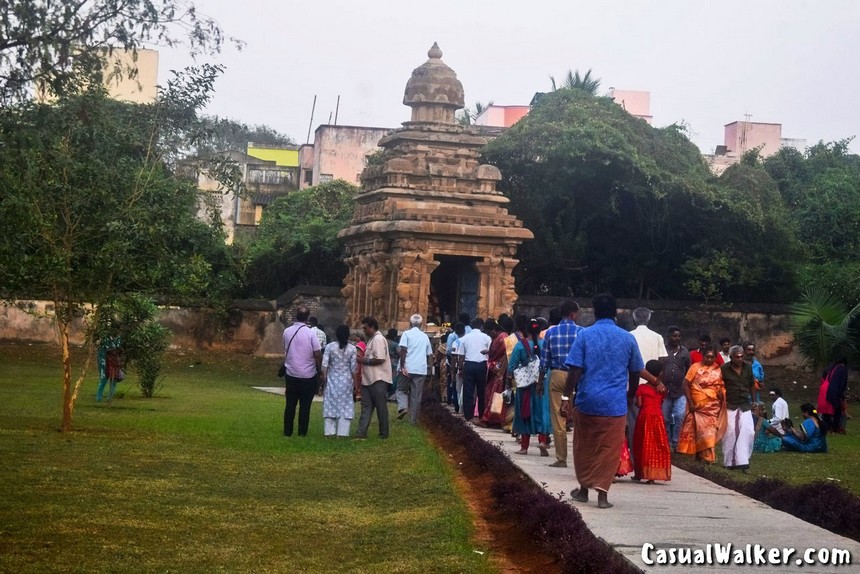
History of Mrityunjaya Nathar Temple
The temple’s origin story is fascinating. According to local tradition, sages once performed intense penance here, seeking the ultimate boon – immortality. Lord Shiva, pleased with their devotion, granted their wish, which is why this place came to be known as “Iravasthanam” – literally meaning “the place of immortality.” The great sage Markandeya, who famously conquered death at age 16, is said to have installed the Shiva Linga here himself.
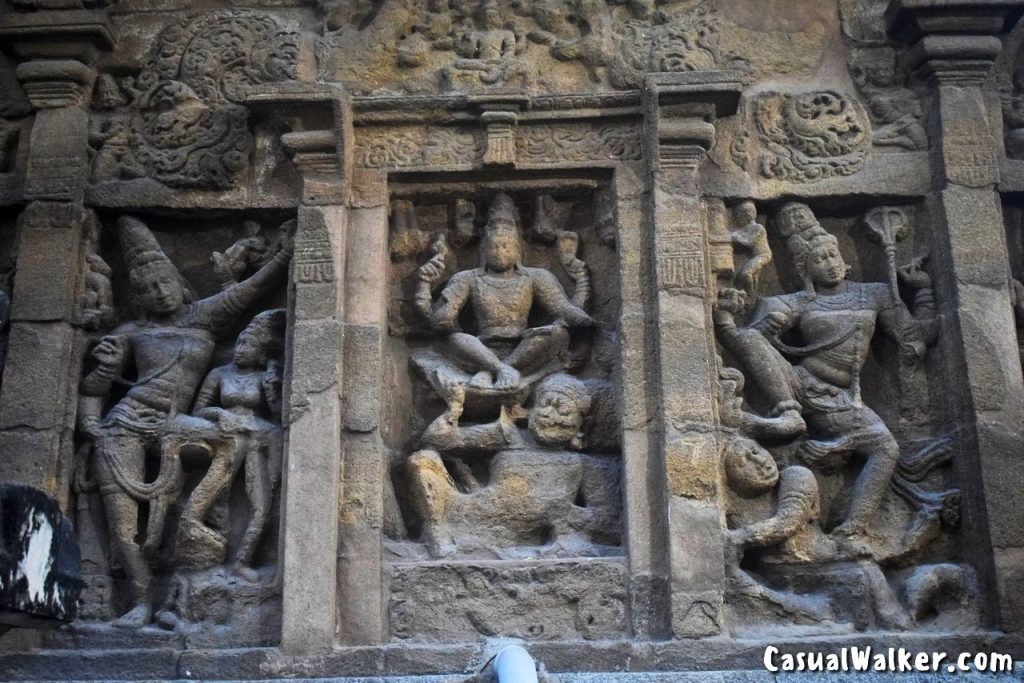
A Journey Through Time
Built during the reign of Pallava Emperor Rajasimha (Narasimhavarman-II) between 700-729 CE, this temple represents a pivotal moment in South Indian architectural evolution. The Pallavas were instrumental in the transition from rock-cut architecture to stone temples, and this temple exemplifies their structural phase of construction that lasted from 690 to 900 CE.
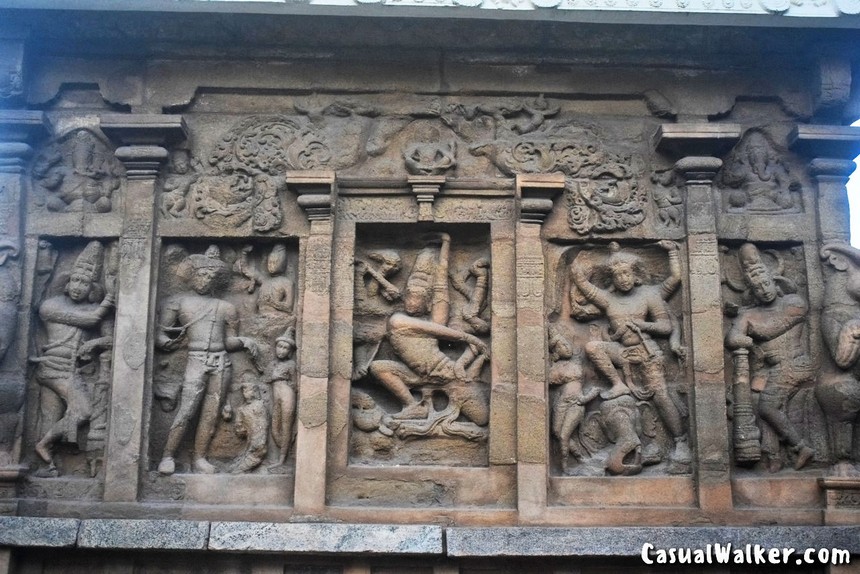
Architectural Revolution
What makes this temple historically significant is its place in the Pallava architectural timeline, which was sub-divided into two phases: the rock cut phase and the structural phase. The rock cut phase lasted from the 610 AD to 668 AD, making our Mrityunjaya Nathar Temple part of the more advanced structural period. This was when the temple architecture evolved to stone built architecture unlike the rock cut architecture built into hallowed caves or carved into rock outcrops.
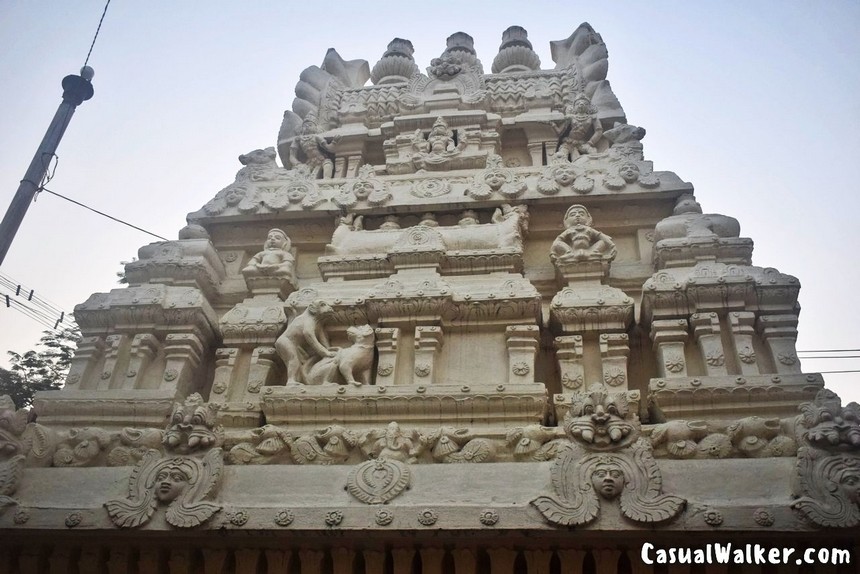
Cultural Context of the Era
During Rajasimha’s reign, Kanchipuram was experiencing a golden age of learning and culture. The Pallava kings were orthodox Hindus and worshipped Shiva and Vishnu. They were tolerant of Buddhism and Jainism too although both these faiths lost their relevance and popularity. Kanchipuram was a great centre of learning, with renowned scholars like Bharavi (author of Kiratarjuneeyam) and Dandin (who composed Dashakumaracharita) flourishing in Pallava courts.
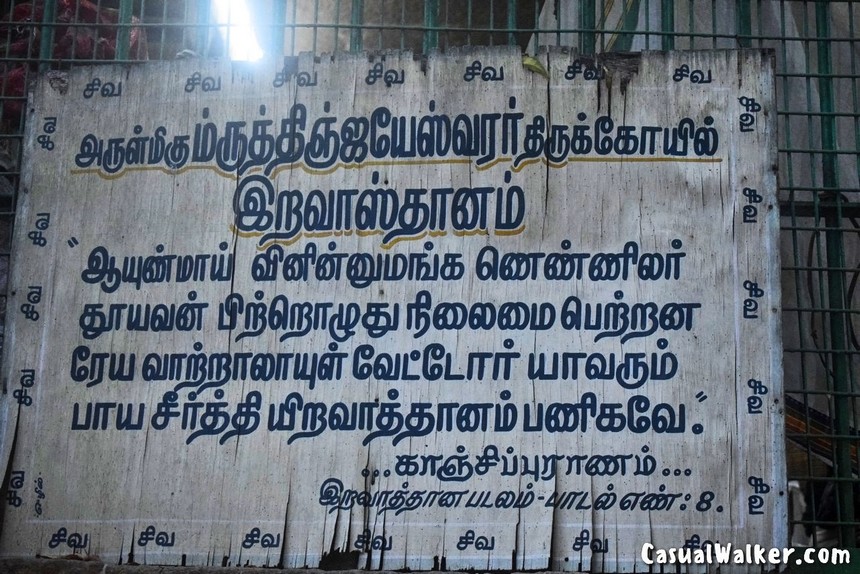
The temple’s Nagara-style vimana with its two-tiered structure represents what would later influence the basic model on which the later massive Brihadeeswarar Temple at Thanjavur and the temples of Gangaikonda Cholapuram were constructed by Cholas. As a historian, I find it fascinating that this relatively modest temple helped establish architectural principles that would define South Indian temple construction for centuries.
Now under the Archaeological Survey of India’s protection, it stands as one of the 108 Shiva temples mentioned in the ancient Kanchi Puranam, serving as a living textbook of early medieval South Indian temple architecture.
What Makes This Temple Special?
The main deity, Mrityunjaya Nathar (the Conqueror of Death), is believed to protect devotees from untimely death and grant longevity. What fascinated me most were the unique sculptural panels – intricate carvings of Ganesha, Dakshinamurti, Bikshadana, Gaja Samhara Murthy, and Kala Samhara Moorthy adorning the sanctum walls. The standing horned lions (Vyala) at the four corners are particularly striking and quite rare to find elsewhere.
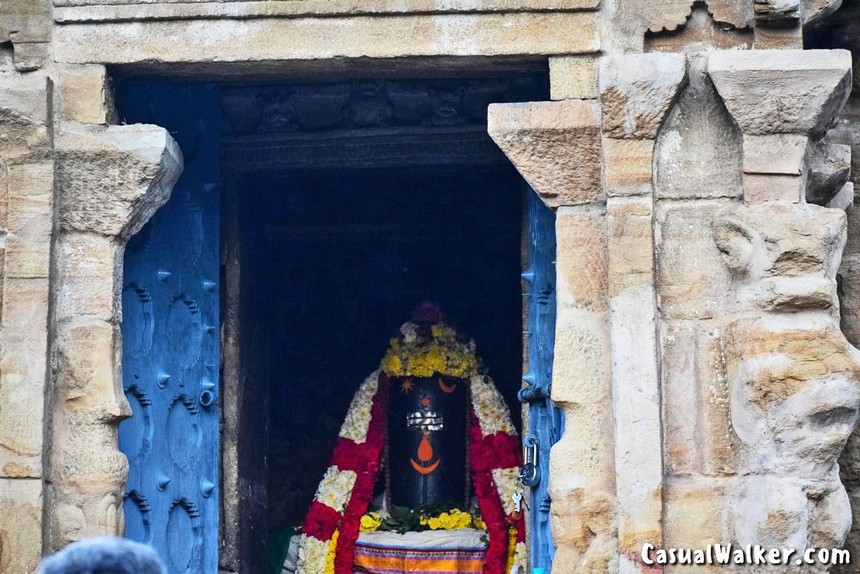
The temple’s layout is architecturally interesting: built 3 feet below ground level with an east-facing entrance and a western entrance crowned by a two-tiered Rajagopuram. The Nandi, unusually, faces north rather than the typical eastward direction, housed in its own mandapam.
Spiritual Significance & Practices
Devotees flock here for the powerful Mrityunjaya Homam, especially those dealing with health issues or what astrologers call “Abhaya Mrithyu Dosha” (fear of sudden death). The temple is particularly popular for milestone celebrations like Sashti Aptha Poorthi (60th birthday), Bheemaratha Shanti, and Sadabishekams for elders seeking divine blessings for longevity.
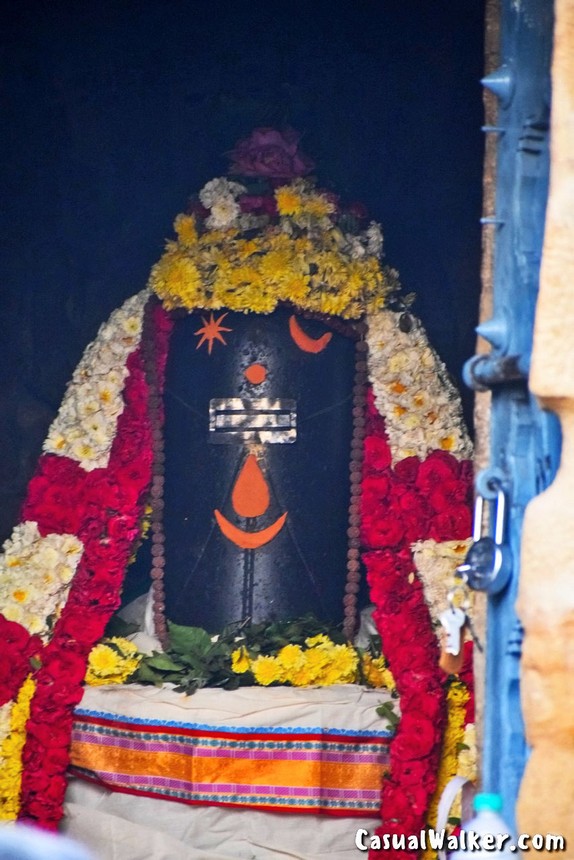
The sacred tank, Swetha Kulam, is named after Sweta, grandson of Sage Salangaya, who reportedly attained immortality after worshipping here. Local priests told me that taking a dip in these waters before prayers enhances the spiritual benefits.

Travel Tips for Sri Iravaatheeswarar / Mrithyunjeswarar Temple, Kanchipuram
Address of Sri Iravaatheeswarar / Mrithyunjeswarar Temple, Kanchipuram :
Kanchipuram Sri Iravaatheeswarar / Mrithyunjeswarar Temple
Big Kamala Street, Melkathirpur, Periya Kanchipuram – 631502
Timings: 9:30 AM – 11:00 AM (quite limited, so plan accordingly)
How to Visit Sri Iravaatheeswarar (Mrithyunjeswarar) Temple, Kanchipuram
The temple is located within Kanchipuram town and is easily accessible once you reach the city, as local auto-rickshaw drivers are familiar with this ancient Shiva temple.
By Train: The nearest railway station is Kanchipuram Railway Station, located about 2-3 km from the temple. From Chennai, you can take local trains from Chennai Beach or Egmore stations, which take approximately 2-2.5 hours to reach Kanchipuram. If you’re traveling from other cities, major trains connect to Chengalpattu Junction (about 30 km away), from where you can take a local train or bus to Kanchipuram. Once you arrive at Kanchipuram station, you can hire an auto-rickshaw or take a local bus to reach the temple, which takes about 10-15 minutes.
By Road: Kanchipuram is well-connected by road and is approximately 75 km from Chennai (about 2 hours via NH 48/GST Road), 330 km from Bangalore (about 6 hours via NH 44), and 90 km from Vellore (about 2 hours). You can travel by private vehicle or taxi for the most convenient experience, or take regular government (TNSTC) and private buses that operate from Chennai’s Koyambedu and CMBT bus terminals, as well as from other major cities in Tamil Nadu. Once in Kanchipuram, you can use auto-rickshaws or app-based cabs like Ola or Uber to navigate within the city and reach the temple.
By Air: The nearest airport is Chennai International Airport, located about 70-75 km from Kanchipuram. From the airport, you have several options: hire a prepaid taxi or cab which takes about 2-2.5 hours to reach the temple, take a bus from Chennai city to Kanchipuram, or book app-based cabs like Ola or Uber for a comfortable journey.


